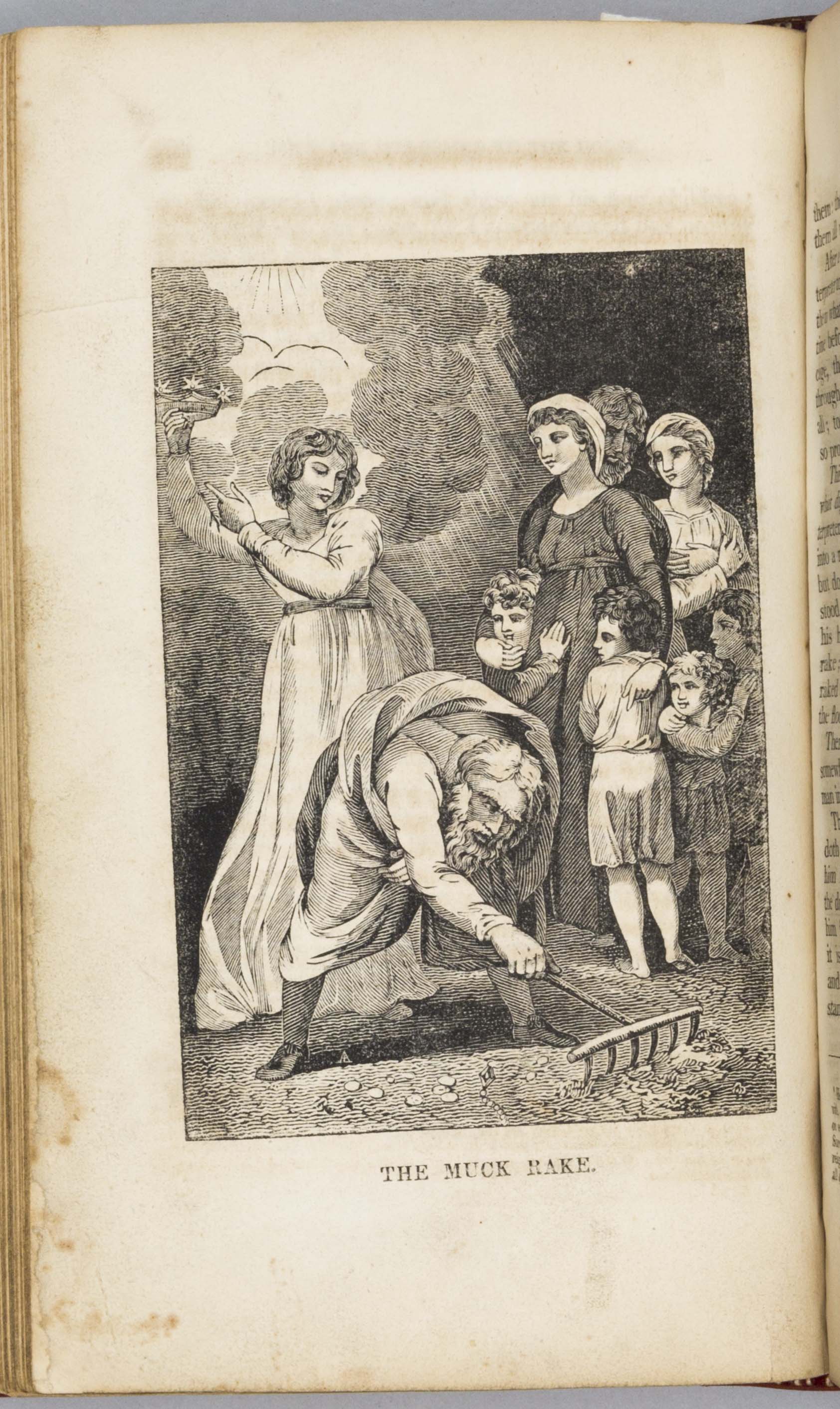
John Bunyan
Newark, N.J.: B. Olds, 1818
[G.L.] 1818
An English literary classic, The Pilgrim’s Progress is ultimately an offshoot of the Reformation. Puritanism had begun in the 1560s in protest against the Church of England’s traditionalism, and the book’s author, John Bunyan (1628-1688) was a Calvinist evangelist. His Christian allegory tells the story of the pilgrim Christian’s journey from the City of Destruction to the Celestial City via such places as the Slough of Despond and Vanity Fair (Part One), followed by his wife’s journey (Part Two). First published in 1678 (Part One) and 1684 (Part Two), the book was not only the seventeenth century’s most popular work of prose fiction, but has become one of the most popular books ever printed. Families who had no other books except the Bible had The Pilgrim’s Progress. It has been translated into more than two hundred languages, has been adapted musically, has inspired ‘Bunyaniana’ ranging from medallions to jigsaw puzzles and a 1,000-foot panorama exhibited in many American cities in the 1850s, and resounds in various other classics, including Charles Dickens’s The Old Curiosity Shop, Aleksandr Pushkin’s The Wanderer, and Louisa May Alcott’s Little Women. Its illustrations, too, have shaped the imagination of generations, in all these manifestations transcending the bitter sectarian controversy amid which it was written. The American edition shown here is just one example of the book’s popularity in that land.